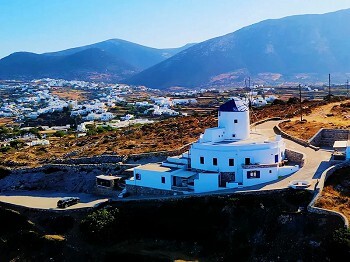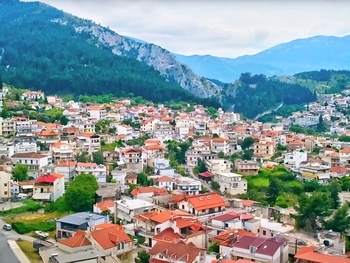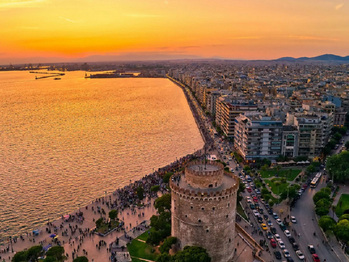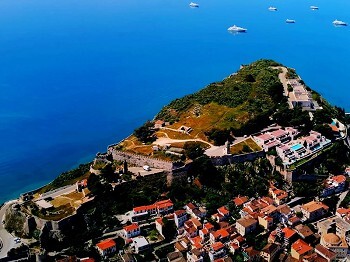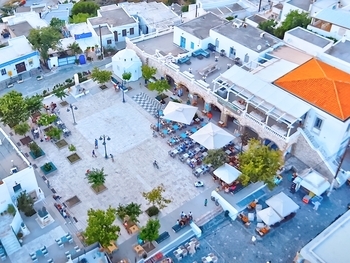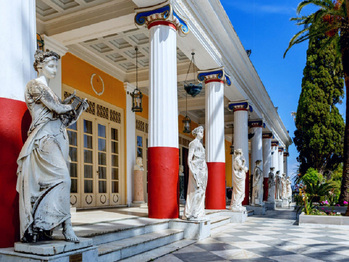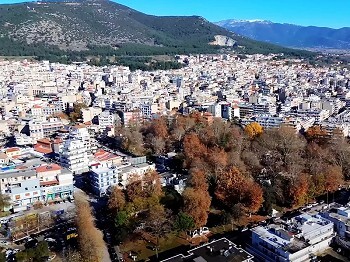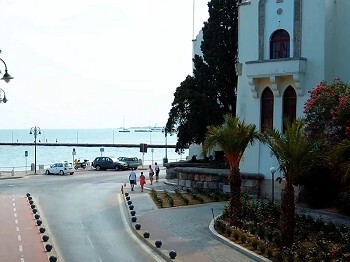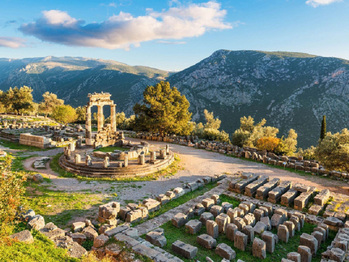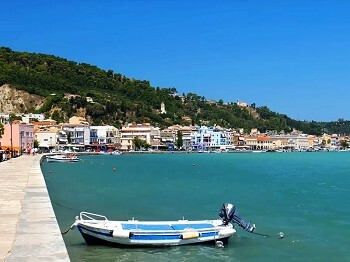Kefalonia, the largest among the "Seven islands" in the Ionian Sea, boasts an expansive area spanning approximately 780 square kilometers. Nestled opposite the entrance to the Gulf of Patras, it is flanked by the picturesque islands of Ithaca, Zakynthos, and Lefkada.
The rugged limestone formations that characterize Kefalonia are susceptible to erosion caused by subterranean waters. Over millennia, the relentless erosive forces and the dissolving action of underground streams have given rise to numerous captivating underground caverns, most of which are cavernous in nature.
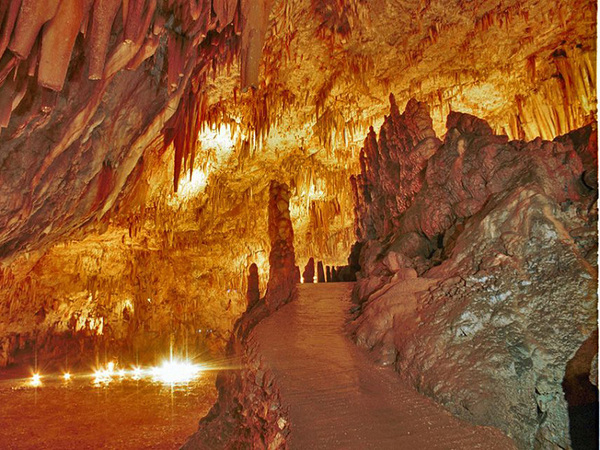
Among the array of caves, the cave-lagoon of Melissani and the renowned Drongarati cave stand out as captivating natural wonders.
Drongarati cave
Situated approximately 5 kilometers south of Sami, along the main Sammi-Argostoli road, Drongarati cave bears testament to local folklore, with its name thought to be inspired by a mythical dragon believed to inhabit its depths.
Comprising two distinct sections, the cave's first part, once an extension of the main cavern, now exists as a depression following the collapse of its roof. The accessible portion of the cave features a spacious chamber spanning around 100 meters in length.
Within this chamber, visitors encounter a striking natural spectacle: massive stone blocks, dislodged from the ceiling, form a captivating platform known as the Royal Balcony, adorned with translucent stalactites. Below lies the Apotheosis Room, renowned for its remarkable acoustics and transformation into a concert hall accommodating up to 500 spectators.
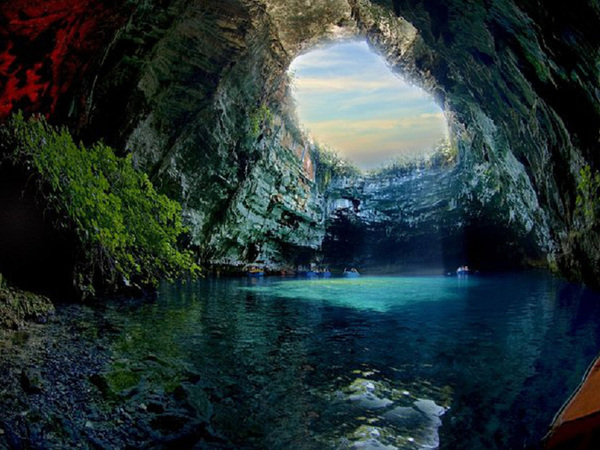
Melissani cave
Located a mere 500 meters from the settlement of Karavomylos and approximately 3 kilometers from Sami, the Melissani cave lagoon beckons with its allure.
Local lore weaves tales of its origin, suggesting that the cave earned its name from the abundance of wild bees once thought to inhabit its depths.
Legends abound, recounting the tragic fate of a shepherdess named Melissanthi, who purportedly met her demise in the cave while searching for a lost sheep. Alternatively, folklore links the cave to the nymph Mellisanthi, whose unrequited love for Pan led her to a watery grave.
Spanning over 150 meters in length, the Melissani cave lagoon boasts a roof partially collapsed, allowing sunlight to filter into its depths. This natural illumination creates a mesmerizing spectacle, particularly when the sun's rays illuminate the water's surface vertically.
Venturing into the cave, visitors embark on boat rides to explore the exposed expanse of the lake. Adorned with stalactites, the cave walls provide a stunning backdrop, while submerged springs add to the enchanting ambiance, particularly on the northwest side of the lagoon.
